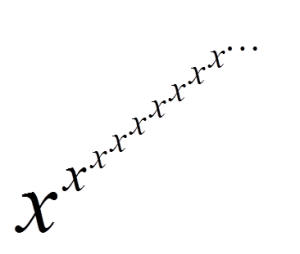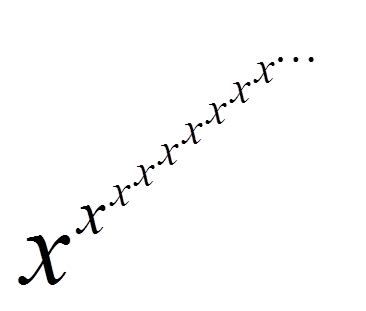 As a curiosity, I’ll calculate the limit of the function:
As a curiosity, I’ll calculate the limit of the function:

More interesting than the calculations themselves are the two morals that can be drawn from them. But the morals are at the end (has anyone ever seen a story with a moral at the beginning)? Now, I’m calculating:

At the beginning, I look at what the expression approaches, and I get:

So, I have no idea what it approaches because I don’t even know what ![]() approaches (this is an indeterminate form), let alone something weird like:
approaches (this is an indeterminate form), let alone something weird like: ![]() .
.
However, it looks like there are no problems with the cosine, so I calculate on the side what this approaches:

I will use the approach of L’Hôpital (I showed exactly what this is about in my Course), which means I’ll use the formula (![]() ):
):

But it’s still not great, because I still have an indeterminate form in the exponent ![]() , so I transform it a second time:
, so I transform it a second time:

Now I can calmly get to work. I calculate on the side:

![]() , so I have an indeterminate form
, so I have an indeterminate form ![]() so I use L’Hôpital’s rule:
so I use L’Hôpital’s rule:

So, I’ve calculated on the side that:  .
.
Returning to the limit:

I now know that I’m in the situation:

So it turns out that:

So, my whole limit is:

And the cosine was just for show.
Morals of this story
There are two.
- In harder limits, you can always and sometimes need to take a part of it and calculate what it approaches “on the side”.
- Sometimes, some parts of the limit formula can be added in like this cosine. It turned out that I didn’t have to do anything with it, just substitute zero at the end.


